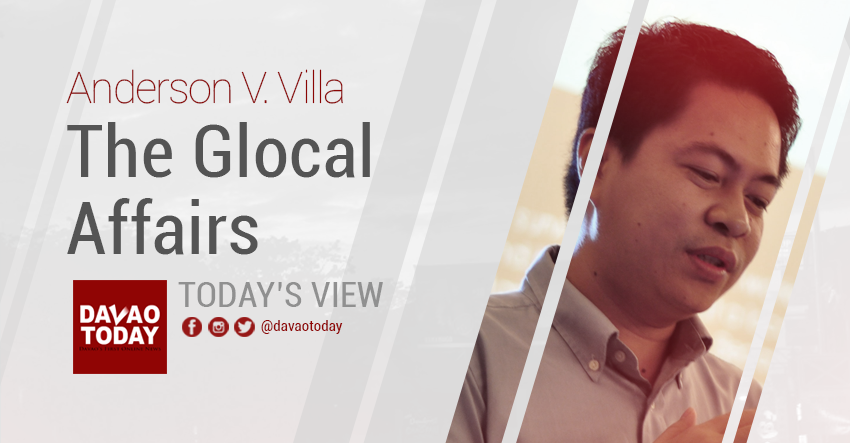Indeed, the realizations from writing this article-series on reexamining Davao of the Past is to re-locate and recalibrate the self in the study of Asia. Geopolitically, Mindanao has been relegated to the periphery of the Philippine nation-state and consequently of the Southeast Asian region and the world. My only wish is to offer fresh insights on the historical value of relearning Davao and Mindanao of the past for that matter.
In approaching Mindanao as an issue and how leadership matters in its development, we have to understand its complexities
At the outskirts of Davao going down South of Mindanao, lie my humble beginnings my hometown in Balut Island of the Municipality of Sarangani. You could reach this faraway land through General Santos City, the Tuna capital of Mindanao, if not the whole of the Philippines.
As I opened my migration class last week, I read a riveting quote by Isabel Wilkerson: “what I love about the stories of the Great Migration is that this is not ancient history; this is living history. Most people of color can find someone in their own family who had experienced a migration of some kind, knowing the sense of dislocation, longing, and fortitude.”
Davao is indeed turning into a “center of attraction” with a mayor-president steering the “national ship” as many scholars would…
October bears the suffix “-ber” as many of our folks would have it expressed as the Christmas season is fast approaching. In the Christian world, it is a time to enjoy the year-long hard-earned income for a time meant to be spent with family, friends and loved ones; and of course for many others, drinking buddies “beer-days.”
In my maiden article for this column I made mentioned of a fishing village in Kesennuma, Miyagi prefecture, Japan. One of the villages we went to was Karakuwa. In the book, “Mindanao Muslim History: Documentary Sources from the Advent of Islam to the 1800s,” which I co-authored and published this year at the auspices of Ateneo de Davao University, Caracoa is repeatedly mentioned along with other indigenous warships which sorts of “challenged Western gunboats by sheer maneuverability and speed” in navigating the seas of Visayas and Mindanao (2017, 76). Caracoa or Karakuwa was a large boat, the fastest at the time and equivalent to the battleships in modern times. These ships were largely employed by Muslim polities (e.g. Sultanates of Maguindanao and Sulu).
As soon as I step afoot the tube that separates the “medium” between sky and ground, I know this is…
Our esteemed national heroes once envision of an impossible dream in their quest for a united Filipino nation. Since then,…
In July this year, I received a fellowship grant to join the 2017 Japan Foundation Summer Institute along with other…

